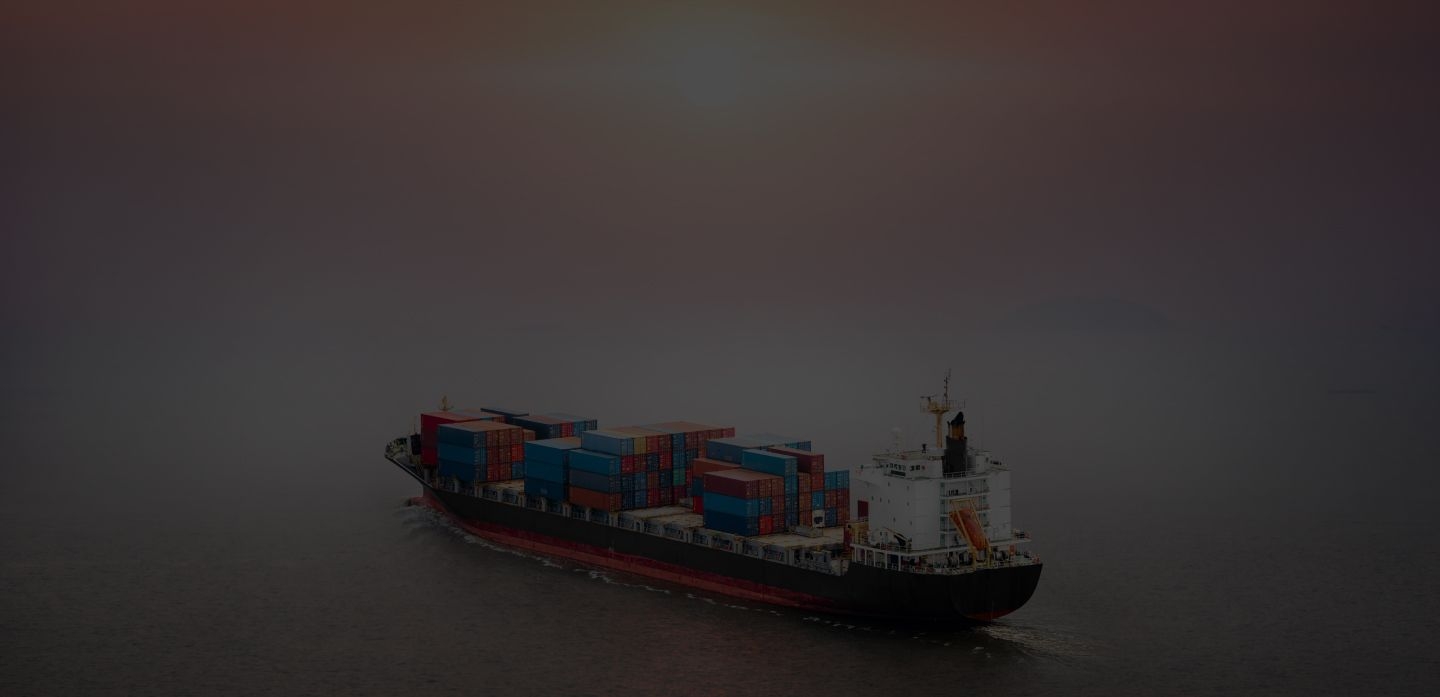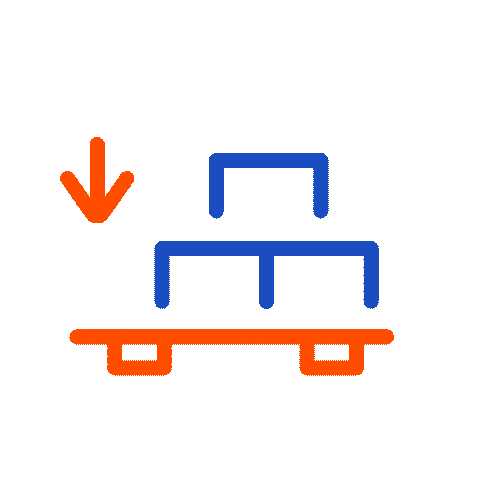
Container Shipping to Sri Lanka — Get Instant Quotes



Why Choose iContainers for Shipping to Sri Lanka?
- Direct coverage of every major gateway. We secure weekly space at Colombo (LKCMB)—the island’s main hub handling a record 7.78 million TEU in 2024—plus overflow berths at Hambantota and Galle. ft.lk
- Mode flexibility. Competitive FCL, LCL, and time-critical air-freight solutions via Bandaranaike International Airport (CMB), which moved ≈195 000 t of cargo in 2024. Wikipedia
- Paperwork made simple. Our platform auto-generates the Sri Lanka Customs CUSDEC declaration, invoice and packing-list fields—reducing clearance errors. customs.gov.lk
- Real-time tracking in Sri Lankan Standard Time. Door-to-door milestones and proactive delay alerts.
- Local compliance support. Specialists guide you through import-permit, phytosanitary and VAT requirements, saving both time and duties.
Our Container Shipping Services to Sri Lanka
Sri Lanka’s economy relies on steady imports of machinery, fuel and consumer goods while exporting apparel, tea and rubber. Here’s how each service is tailored:
Full Container Load (FCL)
Most-used mode: Colombo’s high volume and daily feeder calls make FCL the first choice for bulk cargo. ft.lk
Typical cargo: machinery & equipment, construction materials, electronics, raw textile fabrics. Wikipedia
Key ports served: Colombo (LKCMB), Hambantota (LKHBA), Galle (LKGAL).
Indicative transit times:
- Los Angeles → Colombo: ≈29 days port-to-port.
- Rotterdam → Colombo: ≈27 days port-to-port.
- Singapore → Colombo: ≈4-5 days port-to-port.
Challenges / tips: File CUSDEC online before vessel arrival; plan bookings early around Sinhala-Tamil New Year (April) when congestion peaks.
Less than Container Load (LCL)
- Weekly consolidations through Colombo keep dwell times low.
- Ideal for SMEs shipping under ~14 CBM—pay only for the space you use.
- Common commodities: fashion accessories, specialty foods, consumer electronics.
Air Freight — A Fast Alternative
When speed trumps cost:
- Routing: daily freighters and wide-body belly cargo into Colombo (CMB).
- Speed: 2 – 8 days door-to-door ex-US/EU; Singapore → CMB flights in ≈ 4 hrs.
- Use cases: urgent apparel samples, pharmaceuticals, high-value electronics.
Container shipping rates to Sri Lanka
How much does it cost to ship a container to Sri Lanka?
How Long Does It Take to Ship a Container to Sri Lanka?
| Origin Region | Typical FCL Transit Time* | Notes |
|---|---|---|
| West Coast USA (Los Angeles) | ≈ 29 days | Daily services to Colombo. |
| Northern Europe (Rotterdam) | ≈ 27 days | Weekly departures via Suez. |
| Southeast Asia (Singapore) | ≈ 4-5 days | 1-2 feeder sailings per day. |
*Port-to-port averages. Add origin pickup / inland haulage for door-to-door.
Popular Routes and Ports for Shipping to Sri Lanka
- Colombo – South Asia’s trans-shipment hub, hosting Jaya, SAGT and CICT terminals.
- Hambantota – Modern deep-water port ideal for Ro-Ro, bulk and overflow container volumes.
- Galle – Smaller break-bulk and project-cargo option serving Sri Lanka’s south-west.
Top ocean lanes: Los Angeles, Singapore, Rotterdam, Dubai, Chennai.
Steps to Book Your Container Shipment with iContainers
- Get an instant quote for FCL, LCL or air.
- Confirm booking and upload commercial documents.
- Arrange origin pickup or deliver cargo to the assigned CFS/terminal.
- Track the shipment—live milestones through to Colombo discharge.
- Customs clearance & final delivery anywhere in Sri Lanka.
What Can You Ship in a Container to Sri Lanka?
Common Commodities
- Industrial machinery & spare parts
- Consumer electronics & appliances
- Construction materials and chemicals
- Raw textile fabrics & accessories for apparel sector
- Packaged foods and beverages (subject to Health Ministry clearance)
Restricted / Prohibited Goods
- Narcotics, hazardous waste, counterfeit currency (prohibited).
- Permits required for telecom devices, medicines and certain agri-products; CUSDEC plus supporting certificates must be uploaded online before clearance.
FAQs About Shipping Containers to Sri Lanka
Costs depend on container size, origin, Incoterms®, inland haulage and Sri Lanka VAT (15 %) on CIF plus duties. iContainers’ quote tool bundles these for transparent budgeting.
For loads > 15 CBM, FCL is usually cheaper on a per-unit basis—especially via Colombo’s frequent services, which keep terminal handling charges low.
Carriers cover only limited liability (SDR/kg). All-risk marine insurance through iContainers mitigates loss, theft or weather damage en route to Colombo.
At minimum: commercial invoice, packing list, bill of lading/air waybill and electronic CUSDEC. Certain goods need phytosanitary, health, or telecom permits. customs.gov.lk